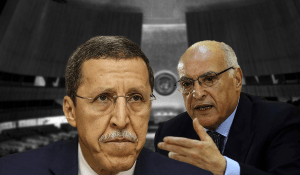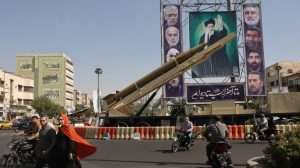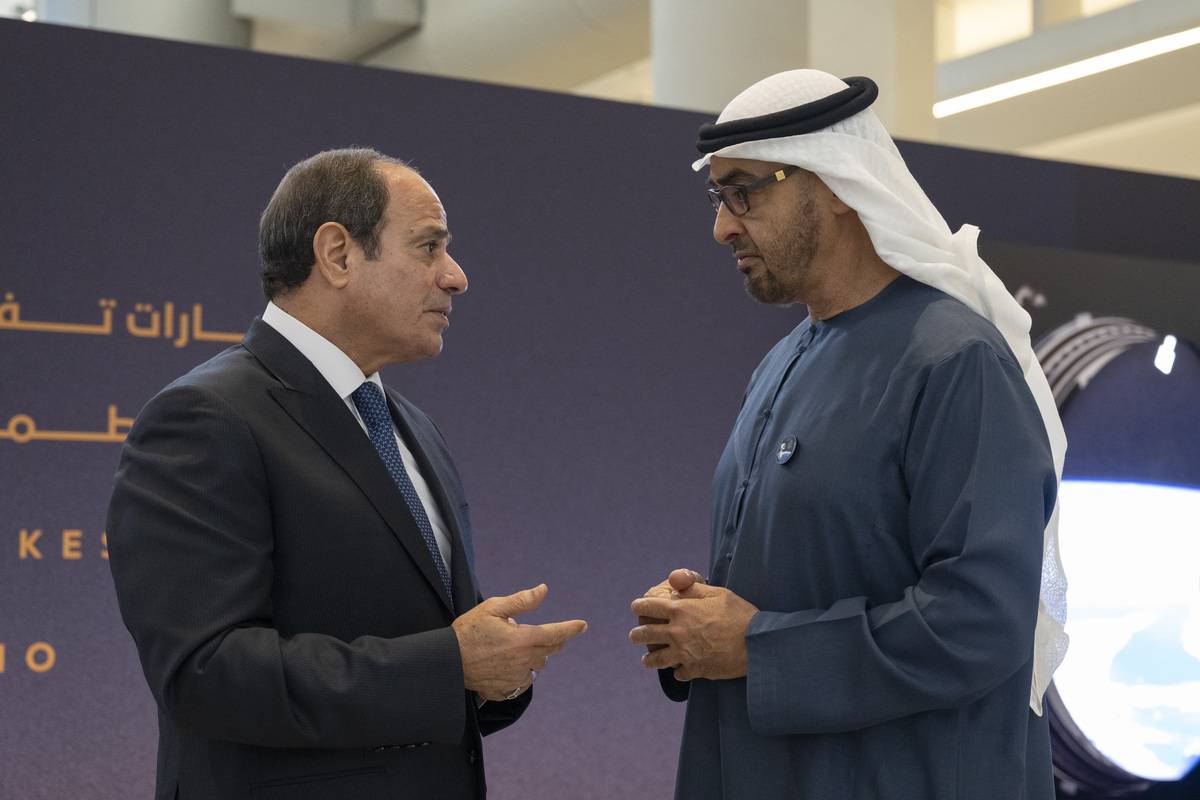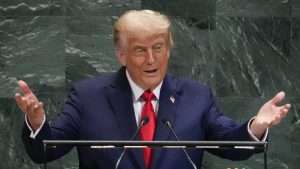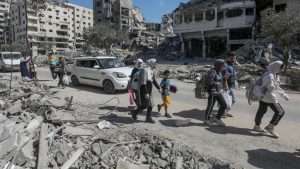UN pledges to ramp up Gaza aid
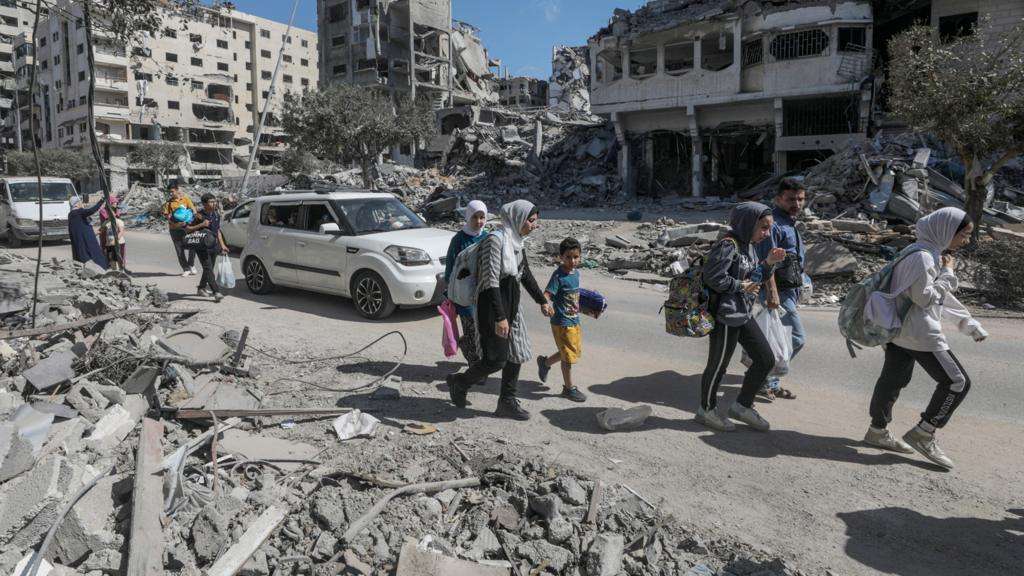
The United Nations has affirmed its readiness to step up humanitarian deliveries into Gaza following U.S. President Donald Trump’s announcement of a new peace plan agreed with Israeli Prime Minister Benjamin Netanyahu.
The UN says it will act “whenever the opportunity is such that we are allowed to do so” and only under conditions ensuring safety and security as reported by Asharq Al-Awsat via AFP on September 30th.
In recent months, UN agencies and their partners have faced significant obstacles in distributing aid across the Gaza Strip. Israel has largely restricted entry to humanitarian assistance to one organization, the Gaza Humanitarian Foundation (GHF). Under this arrangement, GHF has been responsible for ferrying in supplies, with limited oversight by UN agencies.
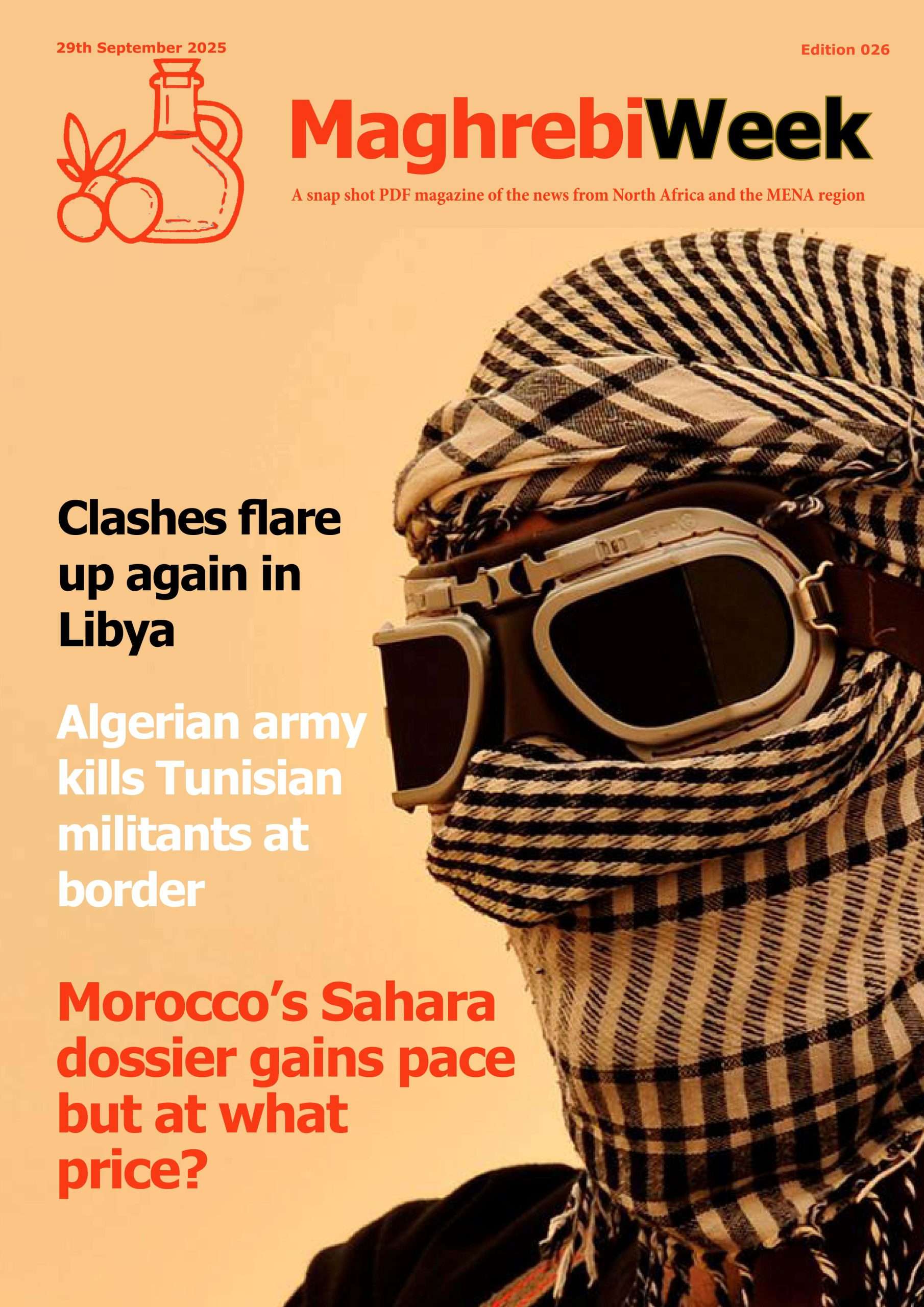
Under the terms of Trump’s proposal, aid deliveries would continue “without interference” by either Israel or Hamas, channelled through the United Nations and its agencies, the Red Crescent, and other international institutions “not associated in any manner with either party.” The move signals a potential shift in the acknowledgment of UN-led access, although key details—such as whether clear corridors and security guarantees will be enforced—remain unclear.
UN Geneva spokesperson Alessandra Vellucci said the organization is actively engaging with relevant parties on the emerging peace efforts. “We welcome all mediation,” she stated, underscoring the institution’s role as a neutral conduit. Meanwhile, Jens Laerke, spokesman for the UN Office for the Coordination of Humanitarian Affairs (OCHA), emphasized that operational constraints remain critical. He warned that expanding aid delivery is dependent on permission and the assurances of a safe passage.
Even before this announcement, humanitarian access into Gaza has been heavily constrained. Earlier this year, Israel announced a plan to permit a gradual influx of goods — including food, hygiene products, and baby supplies — into Gaza via monitored channels. However, critics have flagged persistent delays, restrictions, and lethal outcomes in aid collection zones.
The situation in Gaza has reached a crisis level. UN experts and rights organizations have repeatedly warned of a hunger crisis, with many residents facing severe shortages of food, water, and medical resources. In September, a UN-backed commission concluded that Israel is committing genocide in Gaza, citing large-scale killings, forced displacement, and the obstruction of aid.
The proposed peace framework comes amid intensifying international pressure on Israel. On September 18th, the UN Security Council prepared to vote on a resolution demanding unfettered humanitarian access and a permanent ceasefire in Gaza. In North Africa, activists have also gathered to protect a Gaza aid flotilla, urging their governments to intervene.
At the same time, controversy swirls around GHF’s role. A lawsuit filed in the U.S. accused the foundation of lacking transparency, being overly aligned with U.S. and Israeli agendas, and contributing to violence in distribution zones. The UN’s renewed offer to resume broader aid delivery seeks to bypass singular intermediaries and restore a more neutral and accountable humanitarian channel.
Whether Trump’s peace proposal will translate into concrete action, expanded aid deliveries ultimately hinge on cooperation from Israel and Hamas—and whether security guarantees and independent oversight are accepted in practice. The UN stands ready; the challenge now lies in turning diplomatic pledges into reliable delivery on the ground.
Asharq Al-Awsat via AFP, Maghrebi.org
Want to chase the pulse of North Africa?
Subscribe to receive our FREE weekly PDF magazine





